APIs have become an essential component of practically any company’s IT infrastructure as they continue to embrace digital transformation. While APIs are an excellent method to communicate and share data across programs, they may also pose security threats. That is why it is critical to have a robust REST API security testing policy.
Security best practices help keep your data safe, from authentication to secure storage and encryption. In this blog, we’ll cover about Rest API, its importance, the risks and mitigation process, and how to perform security testing. Keep reading to learn more, but first, let’s start from the basics of API!
What is Meant by API?
API is an abbreviation for Application Programming Interface. APIs are methods that allow two software components to interact with one another by enforcing a set of rules. There are 3 types of APIs available: REST, GraphQL, and SOAP API.
But, in this blog, we’ll focus on securing the REST API. So, let’s get started with that.
Understanding What REST API Security Is and Its Importance
API exploitation and abuse by malicious actors have become one of the most prevalent causes of cyberattacks today, thanks to the expansion of the API ecosystem. To prevent and neutralize any harm that may arise from an assault, your organization must be attentive to them.
Furthermore, APIs have become a popular target for malicious attacks in recent years. A short glance at the statistics indicates how API risks are changing:
- API-based traffic accounts for 80% of all blocked traffic.
- In 2022, organizations saw an 87% growth in APIs exposing sensitive data.
- In the previous year, 92% of firms reported an API security issue.
- API exploits nearly tripled between the first and second quarters of 2022.
REST is an acronym that stands for Representational State Transfer. REST specifies a set of methods that clients may use to access server data, such as GET, PUT, DELETE, and so on. HTTP is used by clients and servers to exchange data.
Because Rest APIs link essential systems and application components, a compromise can cause significant system interruption or unauthorized system control. Properly safeguarding APIs entails:
- Maintaining system integrity (and, most likely, data integrity as well).
- Ensure consistent and dependable functioning.
The significance of Rest API threat prevention is complex, as it contributes to data security, system integrity, regulatory compliance, and consumer confidence. Furthermore, given the possible high costs of reactive reactions to breaches, preemptive investments in API threat security are extremely cost-effective in the long term.
Rest API testing is the practice of defending APIs against assaults. APIs are becoming a main target for attackers since they are widely utilized and allow access to critical program functionalities and data.
API security is an important aspect of current online application security. APIs may be vulnerable to flaws such as invalid authentication and authorization, a lack of rate limits, and code injection. Organizations must test APIs regularly to find vulnerabilities and remediate them using security best practices.
How are Businesses Impacted by Security Breaches in REST API?
Organizations are now experiencing a new sort of vulnerability that primarily targets Application Programming Interfaces (APIs). These sophisticated and disruptive assaults have already extended across many areas such as finance, retail, and insurance.
According to Gartner, APIs will become the primary threat vector for business online applications this year. Furthermore, as more organizations shift their operations to the cloud and more data flows over APIs, we are witnessing a spike in API-based assaults.
The goal of Rest API security is to protect data in motion, which involves securing requests from customers/users, routing them over networks, reaching the server/backend, preparing the answer, and returning it to the requesting client.
API Attack Prevention Best Practices:
- Use the Multi-factor Authentication API Inventory to evaluate, test, and safeguard your documents.
- Security Testing on a Regular Basis
- Encourage the creation of secure APIs.
- Monitoring and logging
- Restriction on Access to Sensitive Data
Common Threats in REST API and How to Mitigate or Avoid These
Despite the greatest efforts of developers and cybersecurity experts, RESTful APIs remain exposed to a variety of security threats. In this post, we will look at the most prevalent RESTful API security vulnerabilities and how to avoid them.
1. Broken Authentication and Session Management
RESTful APIs frequently employ authentication and session management to validate users’ identities and keep their state consistent across repeated queries. However, if these techniques are not properly developed, attackers might take advantage of them to obtain unauthorized access to sensitive data or functionality.
How to Avoid:
To avoid faulty authentication and session management, use strong, unique passwords, change them on a regular basis, and adopt protections such as two-factor authentication and session timeouts.
2. Inadequate Permission and Access Control
RESTful APIs frequently feature several levels of access, with different users and applications having varying degrees of access to various resources and capabilities. However, if these access restrictions are not properly established, attackers can take advantage of them to obtain unauthorized access to critical data or functionality.
How to Avoid:
To avoid this, it is critical to build strong and granular access restrictions, as well as audit and monitor access logs on a regular basis to identify and rectify any possible security vulnerabilities.
3. Insecure Creation of API key
The majority of APIs are protected by JWT (JSON Web Token) or API keys. This allows you to defend your API since the security tools can detect aberrant activity and prevent access to API keys. However, hackers may still outwit these methods by obtaining and employing a large pool of API keys from users, similar to how a web hacker would utilize IP addresses to circumvent DDoS protection.
How to Avoid:
The most reliable approach to protect against these attacks is to require a human to sign up for the service and then generate the API keys. On the other side, components such as 2-factor Authentication and Captcha can be used to save bot traffic.
4. DDoS Assaults
While it is true that APIs enable new business models by allowing clients to access API platforms programmatically, this makes DDoS prevention difficult. The majority of DDoS prevention is designed to absorb and reject requests from malicious actors during DDoS assaults. This gets more difficult with API offerings since every traffic seems to be bot traffic.
How to Avoid:
The optimal API security procedures in this scenario are limited within the API. Every request to the web app requires an API key, so if you run across one that doesn’t, you may reject it automatically.
5. Inadequate Logging
The majority of worldwide breach research discovers that it takes more than 200 days to uncover a data breach event. If no specified API security best practices for API logging are in place, hackers might exploit the vulnerability to develop new vulnerabilities.
How to Avoid:
Ensure that the API logging system you use not only tracks API requests but also links them back to users for behavior analysis and stores them for at least a year. These procedures, in turn, must be safeguarded to prevent data deletion.
6. Insecure Server Security
When it comes to excellent server hygiene, incorrect Server Security APIs are no different from web servers. Data can be leaked as a result of incorrectly set SSL certificates or enabling non-HTTPS communication. APIs lack the security of a browser, therefore measures such as HSTS or redirecting to HTTPS are ineffective.
How to Avoid:
SSL or similar tools may be used to test your SSL installation. You should also prohibit all non-HTTP requests through your load balancer. Remove any HTTP headers and erase any error messages that include implementation specifics. If your API is exclusively utilized by your applications or can only be accessed from the server, consult the Authoritative Guide to Cross-Origin Resource Sharing.
7. Failure to Manage Authorization
While most API developers would include a global Authentication system, such as API keys or OAuth, to authenticate who the person is, Authorization is more difficult to implement. Authorization might be overlooked by developers since it is exclusive to your application logic and is not necessarily cross-cutting. A hacker might quickly test alternative IDs through iteration unless your object IDs have appropriate unpredictability.
How to Avoid:
Ascertain that the authenticated user has permission to access all resources necessary to create the API response. Checking against a user ID or access control list (ACL) related to the items in the issue may be involved.
Want more information on API authorization? Talk to our expert security consultant for FREE!
Talk to our Cybersecurity Expert to discuss your specific needs and how we can help your business.
Why is REST API Security Important?
Did you know hackers love API? For them, APIs are easy and low-hanging fruit to exploit. Here’s why:
- Easy way to access a company’s sensitive information: APIs provide hackers with direct access to stored data, including sensitive information, through a variety of software packages.
- Simple way to get around security measures: Many businesses employ firewalls to protect their systems from hackers. However, a haphazard API security policy might make it easy for hackers to get access to the product via this backdoor.
- Easy to abuse authorization: Hackers may utilize APIs to perform distributed denial-of-service (DDoS) attacks, overwhelm systems with too many requests, or steal data from vulnerable systems.
Why Should Businesses Consider API?
APIs assist firms in becoming genuinely digital. An API connects your program to other software or functions, saving you time in designing it from the start. APIs are being given extra attention because of the importance they have in the success of a business. Here are some benefits of API implementation for businesses:
- Encourages Creativity: APIs enable developers to gain value from data sources while also enhancing the capabilities of their existing systems.
- Increase Automation: API linkages increase automation processes, making formerly manual chores now automatic owing to connected applications.
- Saves Money: APIs eliminate the need for businesses to implement those features in-house by allowing them to leverage the functions and data of other organizations.
- Improves Client Service: APIs enable developers to create experiences that exceed customers’ expectations, opening up a world of possibilities.
- Improves Customization: APIs enable developers to access and use data and functionality from other programs, which improves customization.
How is API Security Testing Performed?
A cybersecurity company performs tests for security on API and takes care of the process very carefully. They have a particular procedure for performing the API security testing, as follows:
Gathering Information
The major goal of REST API penetration testing is to obtain as much information as possible. This entails a two-pronged approach: using easily accessible information from your end, as well as leveraging a variety of methods and tools to obtain technical and functional insights. The testing team collaborates with the client’s team to gather critical application information. Architecture, network topologies, and any current security mechanisms may be given as schematics. Understanding user roles, permissions, and data flows is essential for developing a successful testing approach.
Planning
The team initiates a penetration testing process methodically establishing the objectives and goals. They probe deeply into your application’s technical and functional complexities. Furthermore, this thorough examination enables testers to modify the testing method to address particular vulnerabilities and threats unique to your environment.
A thorough REST API penetration testing strategy is developed, describing the scope, methodology, and testing criteria. They provide a high-level checklist to help with the testing process. This checklist establishes a solid basis by covering critical topics such as authentication techniques, data processing, and input validation.
They gather and prepare the necessary files and testing equipment. This procedure includes configuring testing settings, checking script availability, and designing any unique tools needed for a smooth and effective review.
Auto Tool Scan
An automate and invasive scan requires during the penetration testing process, especially in a staging environment. This scan comprises utilizing specific VAPT tools to seek vulnerabilities on the application’s surface level carefully. By crawling through every request in the application, the automated tools imitate possible attackers, discovering potential flaws and security holes.
By performing this invasive scan, the testers proactively discover and fix surface-level vulnerabilities in the staging environment, acting as a preventative measure against potential attacks. This technique also prompts correction, improving the application’s security posture before the deployment in a production environment.
Manual Penetration Testing
During the manual penetration testing technique, the testing organization will do a detailed study of your APIs in two phases: pre-authentication and post-authentication. The goal is to identify vulnerabilities both inside and outside of the APIs.
The testing team provides a wide range of extensive manual penetration testing services that suites to your individual needs and security standards. This one-of-a-kind method allows for a thorough examination of potential vulnerabilities throughout the API, including:
- Broken Object Level Authorization: They’ll look for flawed authorization, probable privilege escalation, and Insecure Direct Object References (IDOR) in the system.
- Broken User Authorization: They’ll undertake testing to discover vulnerabilities such as Account Takeover, Login Bypass, and other authentication-related problems that might compromise user accounts.
- Excessive Data Exposure: They’ll inspect the APIs for any unintentional disclosure of Personally Identifiable Information (PII) as well as purposeful information exposure that may represent a security risk.
- Inadequate Resources and Rate Limitation: As part of their investigation, they’ll check for vulnerabilities related to brute force attacks and insufficient automated protection, as well as ensure that robust resource and rate limitation mechanisms are in place.
- Broken Function Level Authorization: They’ll evaluate the APIs for Force Browsing vulnerabilities and perform User Role Control testing to detect and resolve any authorization concerns.
- Mass Assignment: They’ll do rigorous object attribute testing to discover any sensitive attributes that may expose to Mass Assignment vulnerabilities.
- Security Misconfiguration: A in-detail study of server settings, header testing, and an evaluation of old software is done to detect and fix any security misconfigurations.
- Injection: To prevent unwanted data access and alteration, they’ll primarily concentrate on identifying and mitigating SQL injection and Command Injection vulnerabilities inside the API.
- Improper Asset Management: As part of the testing, they’ll evaluate Open APIs and test API versions to ensure proper asset management and security across the API ecosystem.
Reporting
To ensure that the testers recognizes possible risks properly, the team methodically analyzes and categorizes vulnerabilities uncovered throughout the review. A senior consultant also does a high-level penetration test and evaluates the complete report.
This assures the greatest degree of quality in testing methodologies as well as reporting accuracy. This detailed documentation is a helpful resource for understanding the application’s security condition.
Important Report Components:
- Vulnerability Name: Provides a clear identity for each vulnerability, such as SQL Injection.
- Likelihood, Impact, and Severity: Assesses the likelihood, impact, and severity of each vulnerability to quantify the possible risk.
- Description: Provides a summary of the vulnerability, allowing stakeholders to better understand it.
- Consequence: Explains how each vulnerability may affect the application and emphasizes the significance of mitigation.
- Instances (URL/Place): Identifies the location of vulnerabilities, allowing for more targeted repair efforts.
- Steps to Reproduce and Proof of Concept (POC): Provides a step-by-step tutorial as well as a Proof of Concept (POC) for validating and reproducing each vulnerability.
- Remediation: Provides concrete solutions for eliminating discovered breaches and fostering a secure workplace.
- CWE No.: Assigns IDs for Common Weakness Enumeration for exact classification and referencing.
- OWASP TOP 10 Rank: Indicates the vulnerability’s position in the OWASP TOP 10, emphasizing its importance in today’s threat landscape.
- SANS Top 25 Rank: Indicates the vulnerability’s position in the SANS Top 25, which helps to contextualize its significance.
- Reference: Additional materials and references are provided for a better knowledge of vulnerabilities and relevant remedial techniques.
This thorough reporting mechanism guarantees that stakeholders receive relevant insights into the application’s security status as well as actionable advice for maintaining a strong security posture.
Click here to see a comprehensive report. Get a complete guide on how a penetration testing company prepares detailed reports of vulnerabilities found.
Latest Penetration Testing Report

Remediation Support
Following the completion of vulnerability mitigation by the development team, a critical service is provided through consultation calls if the development team requires assistance in reproducing or mitigating identified vulnerabilities. Penetration testers with an in-depth understanding of the detected vulnerabilities encourage direct participation to assist the development team in efficiently assessing and responding to security concerns. This collaborative approach guarantees that the development team receives competent guidance, enabling the smooth and rapid resolution of vulnerabilities to improve the application’s overall security posture.
Retesting
Following the completion of vulnerability mitigation by the development team, a vital stage of retesting happens. To check the efficacy of the treatments administered, our staff undertakes a detailed examination. The final report includes:
- History of Findings: This section has a complete record of vulnerabilities uncovered in previous assessments, making it easy to track the progress of security solutions.
- Condition of Assessment: Specifies the condition of each vulnerability, whether it is correct, ignores, or declares out of scope, and provides a detailed overview of the remediation outcomes.
- Screenshots: Physical evidence and images are added to the retest report, giving visual validation of the fixed vulnerabilities. This verifies the method and ensures a full and accurate assessment of the application’s security condition when the procedure completes.
LOA and Certificate
The team goes beyond certification by providing a Letter of Attestation, which is an important document. This letter, supports evidence from penetration testing and security assessments, has numerous purposes:
- Confirmation of Security Level: Use the letter to receive a physical certification of your organization’s security level, assuring stakeholders of the effectiveness of your security procedures.
- Providing Stakeholders with Security: Use the letter as a tangible testimony to the depth of your security practices to demonstrate to clients and partners your commitment to security.
- Compliance: Address compliance requirements as soon as possible, since the Letter of Attestation is a useful resource for completing regulatory criteria and proving conformity with industry-specific security procedures.
Furthermore, the testing company will provide a Security Certificate, which will enhance your ability to represent a secure environment, reinforce confidence, and meet the expectations of various stakeholders in today’s dynamic cybersecurity landscape.
Fact Check: You can utilize this security certificate publicly to ensure your customers or stakeholders that your API is secured!
Related Article: What is the Purpose of Penetration Testing?
How can QualySec Be the Perfect Partner for API Security?
Securing a REST API is critical for organizational safety in the volatile world of cybersecurity. Look no further than QualySec, a devoted partner dedicated to providing professionalpenetration testing services.
QualySec offers bespoke security solutions through process-based penetration testing. Furthermore, a unique technique that ensures applications fit with industry best practices, with a professional staff boasting considerable testing experience with a Hybrid testing approach.
Our pentest services use a thorough combination of automatic vulnerability scanning and manual testing with in-house and commercial tools such as Burp Suite and Netsparker. We strongly advise enterprises through difficult regulatory compliance environments such as GDPR, SOC2, ISO 27001, and HIPAA.
We help developers resolve vulnerabilities with our comprehensive and development-friendly pentesting report. This report includes all the insights starting from the location of vulnerabilities found to the reference about how to solve, i.e., you get a step-by-step in-detail report of solving a vulnerability.
Furthermore, with a worldwide footprint, we’ve successfully protected 250+ apps and served 20+ countries through a network of 100+ partners, proudly preserving a zero-data-breach record. Protect your application and your business by contacting QualySec now for unrivaled digital security.
Our first goal is your protection. Reach Us Today!
Conclusion: Protecting Your API Today
APIs are critical for linking services, facilitating integration, and stimulating innovation. However, this increases the likelihood of threats and assaults. You must establish strong API threat protection techniques to:
- Ensure data security.
- Maintain the system’s integrity.
- Maintain customer trust
In today’s digital world, taking a proactive approach to API security is vital. Furthermore, adopting best practices including robust authentication and authorization mechanisms, rate limitation, data encryption, and frequent security testing protects your API from possible attacks.
The pursuit of REST API security is a continual process that necessitates monitoring, adaptation, and development in response to changing threat environments. Contact us today to get professional help!
FAQs
1. What is API threat protection?
API security is the discipline of safeguarding the application programming interface (API) from hostile attacks that would utilize or attempt to exploit an API to steal sensitive data or disrupt services.
2. What are the most prevalent API security threats?
Data breaches, unauthorized, inadequate authentication procedures, disclosure of sensitive data, and system disruptions from targeted API assaults (injection or DoS attacks) are all common API security issues.
3. How can you protect your REST API?
The first and most fundamental step in securing your REST API is to utilize HTTPS, which encrypts data as it travels between the server and the client. HTTPS protects against attackers intercepting, manipulating, or stealing data transmitted or received by your REST API.
4. Which is safer, SOAP or REST API?
While REST is quicker and easier to use than SOAP, we must concede that SOAP is more secure. SSL may be used by both SOAP and REST to safeguard data during API call requests. However, SOAP goes above and beyond by supporting Web Services Security.










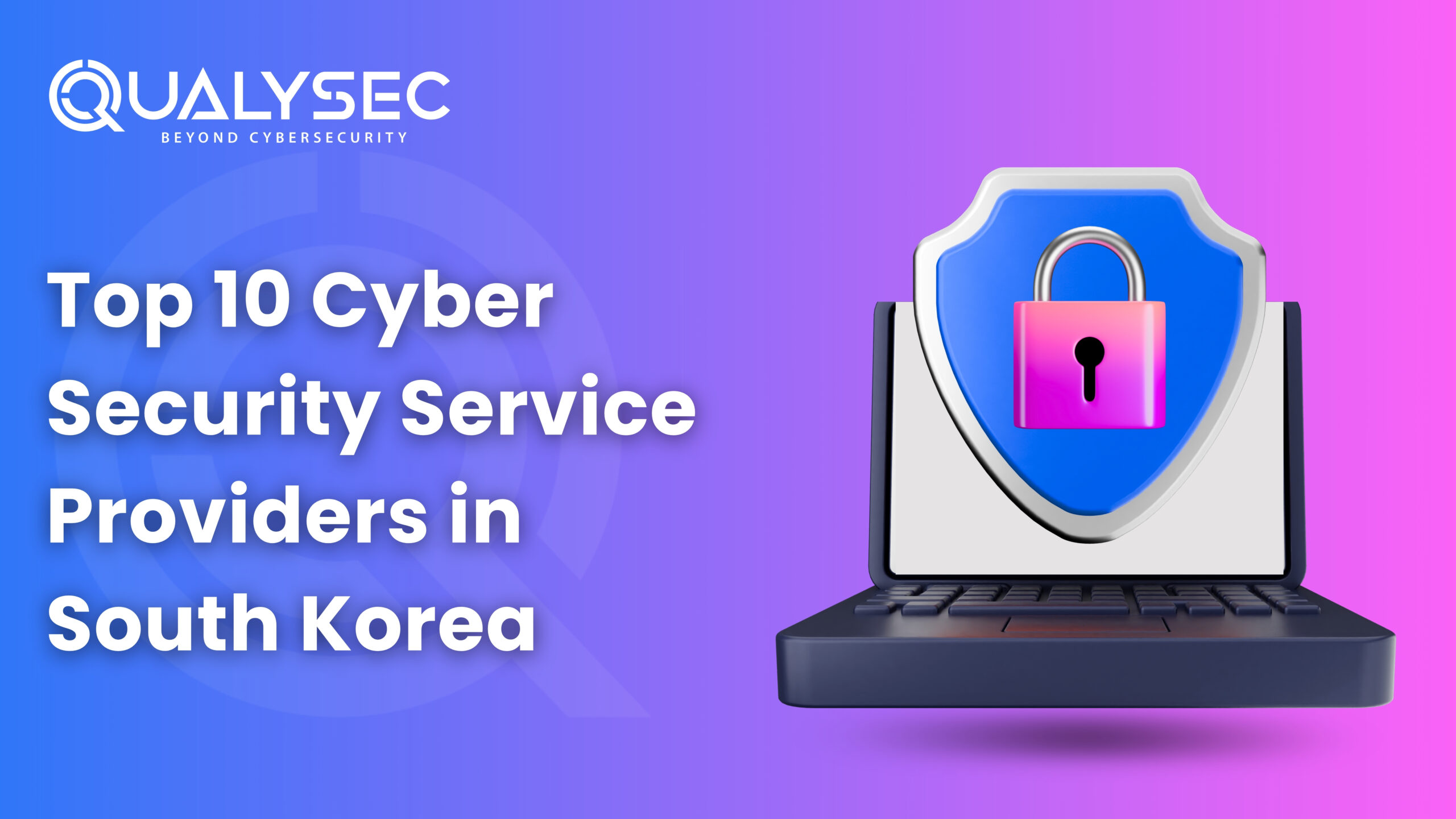

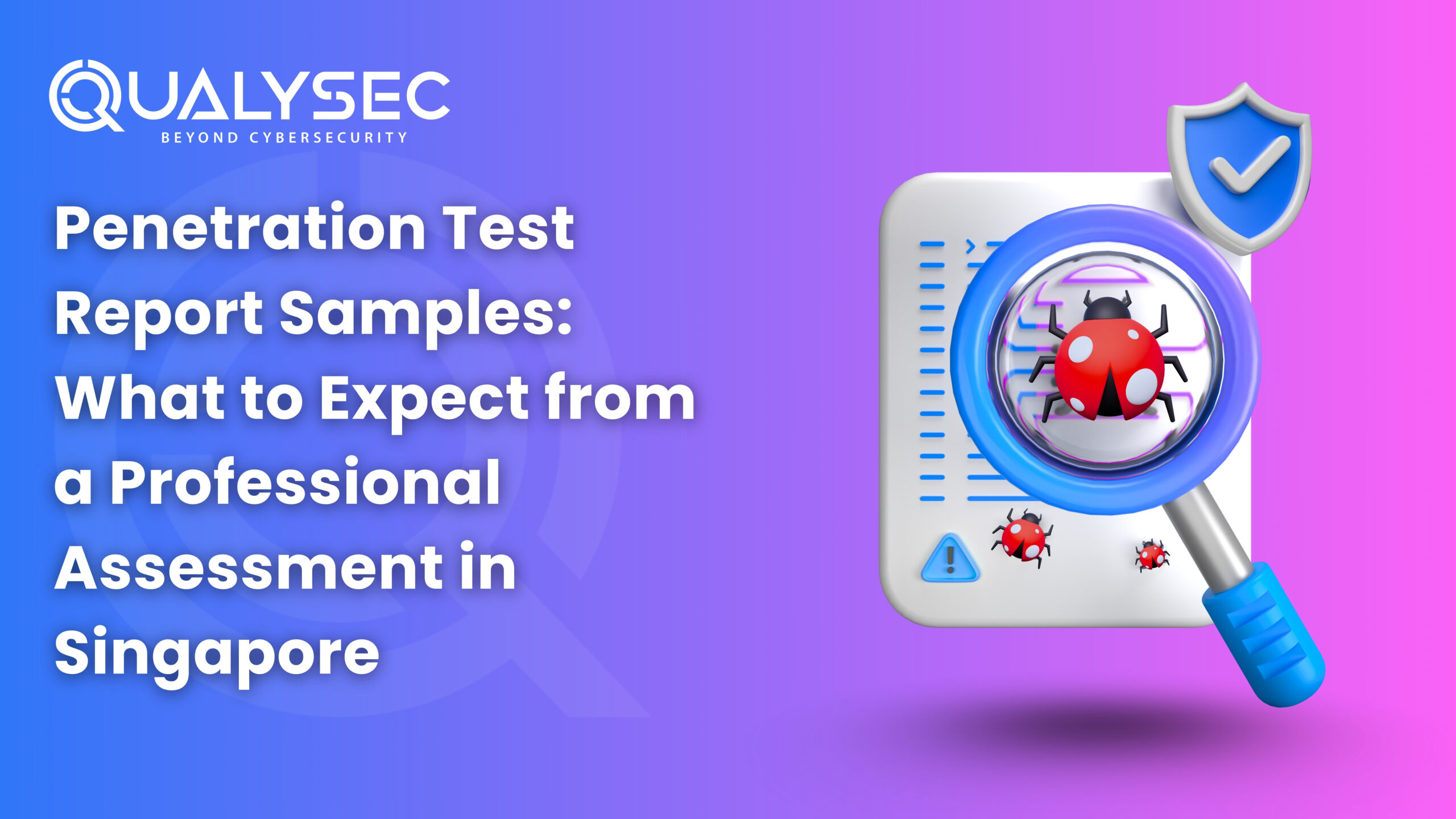
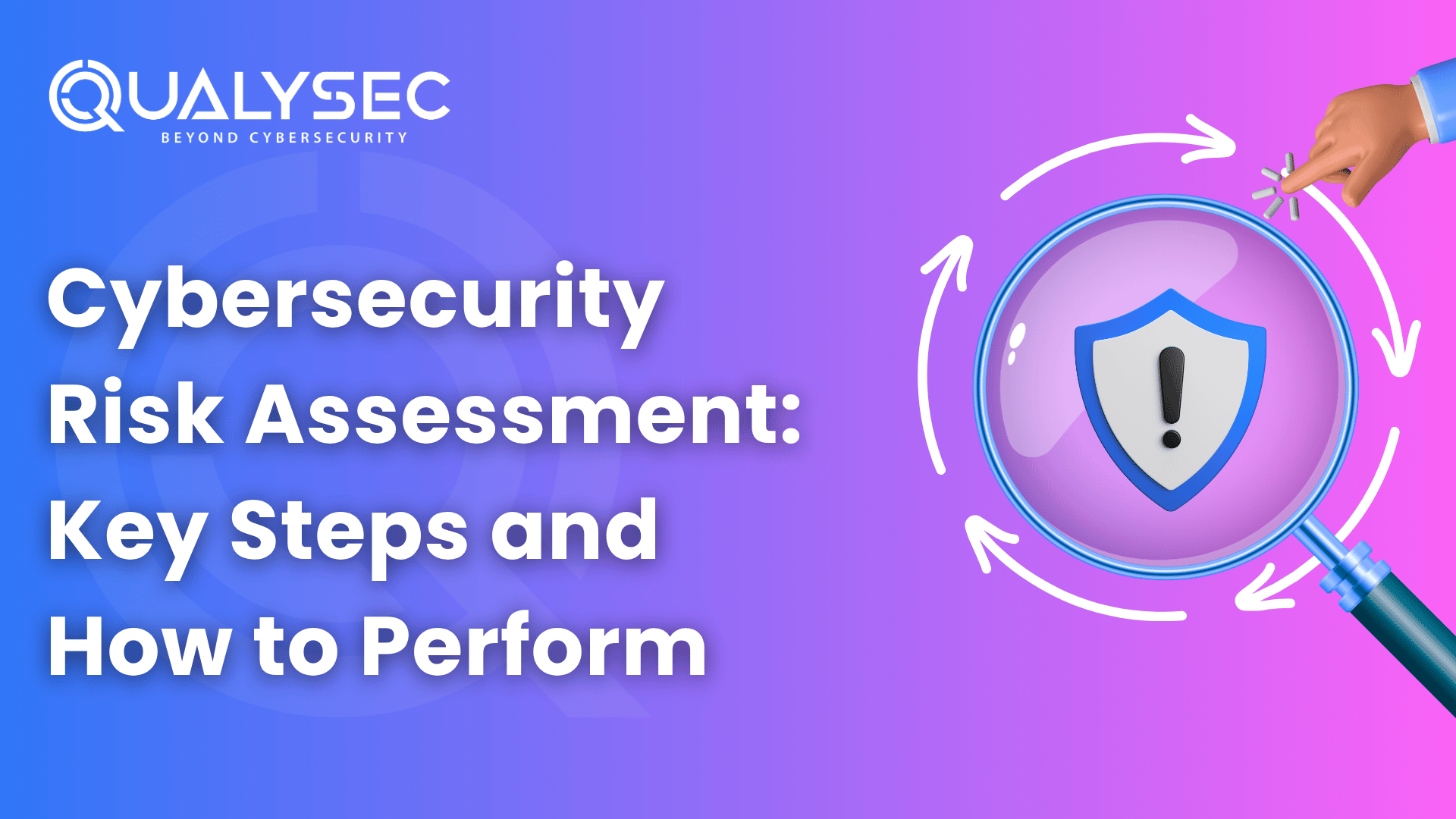
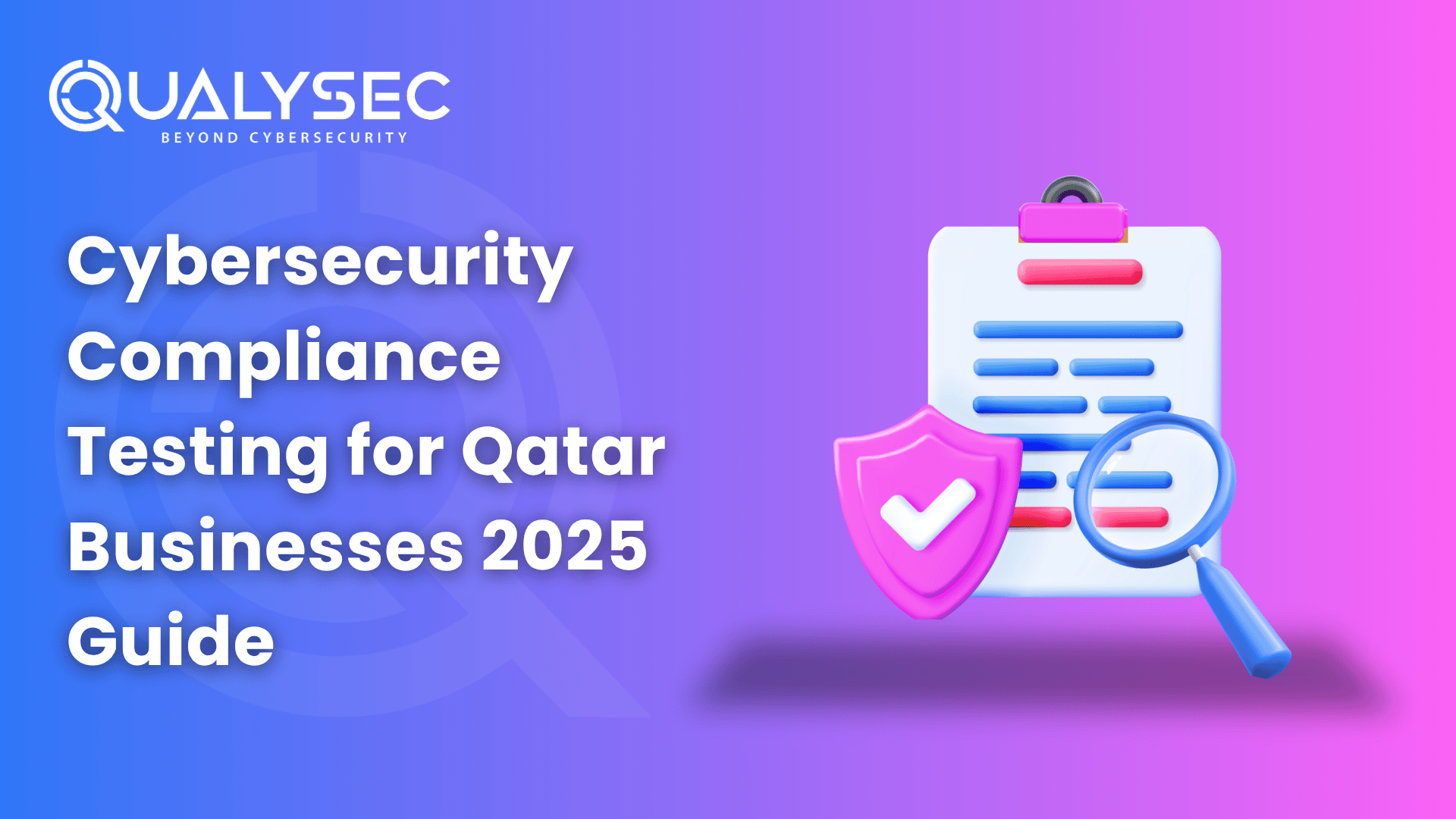
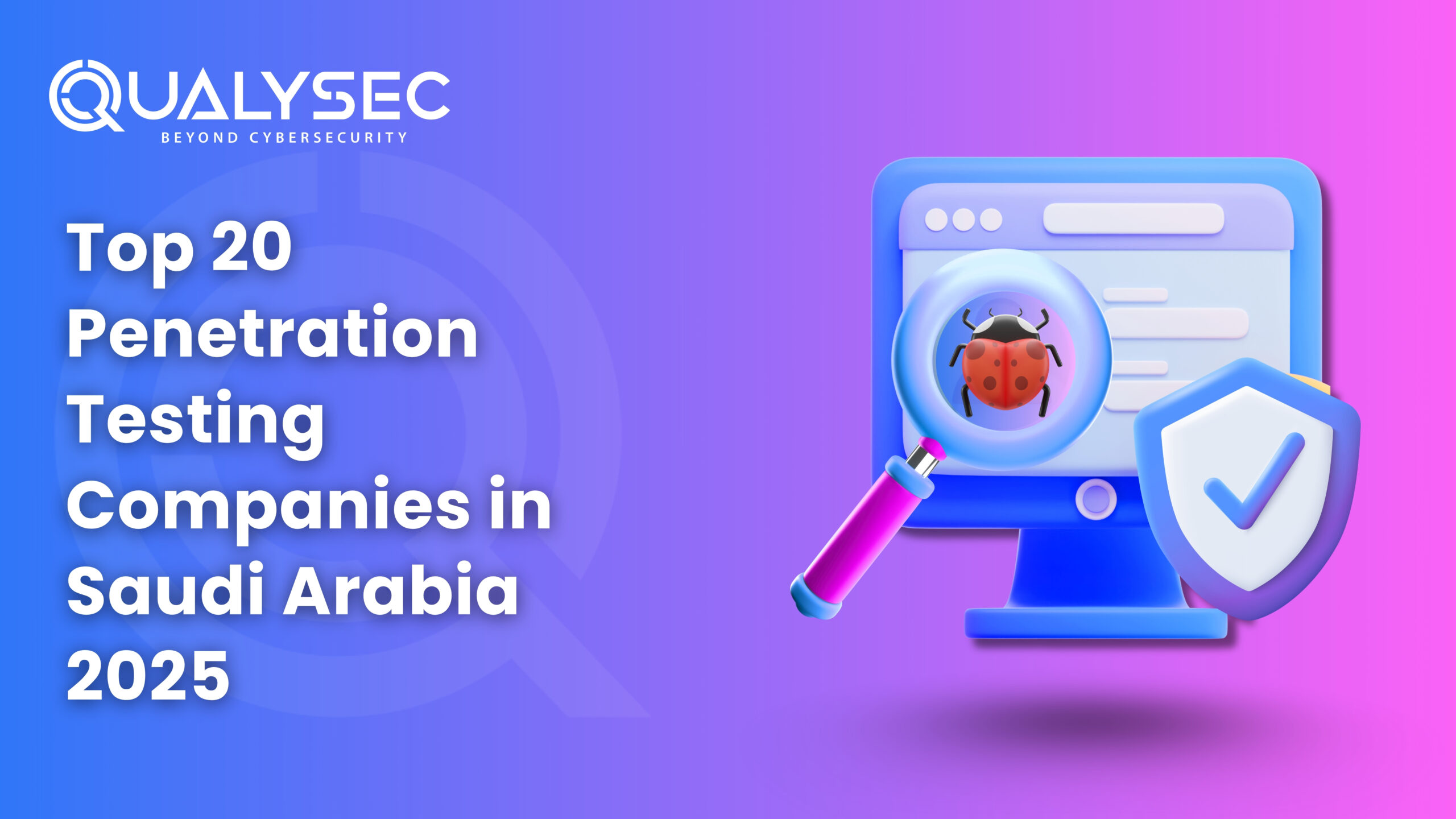

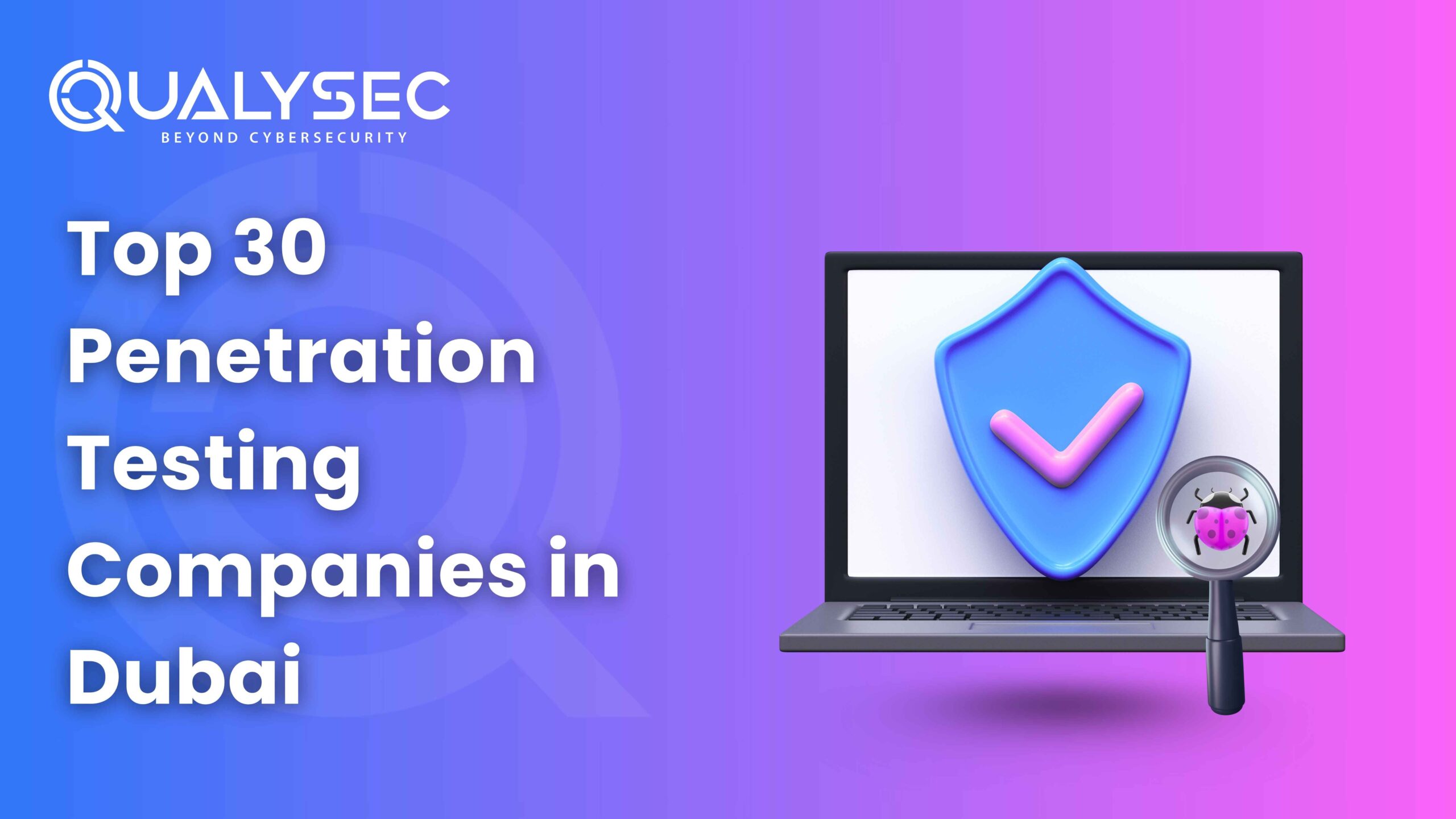

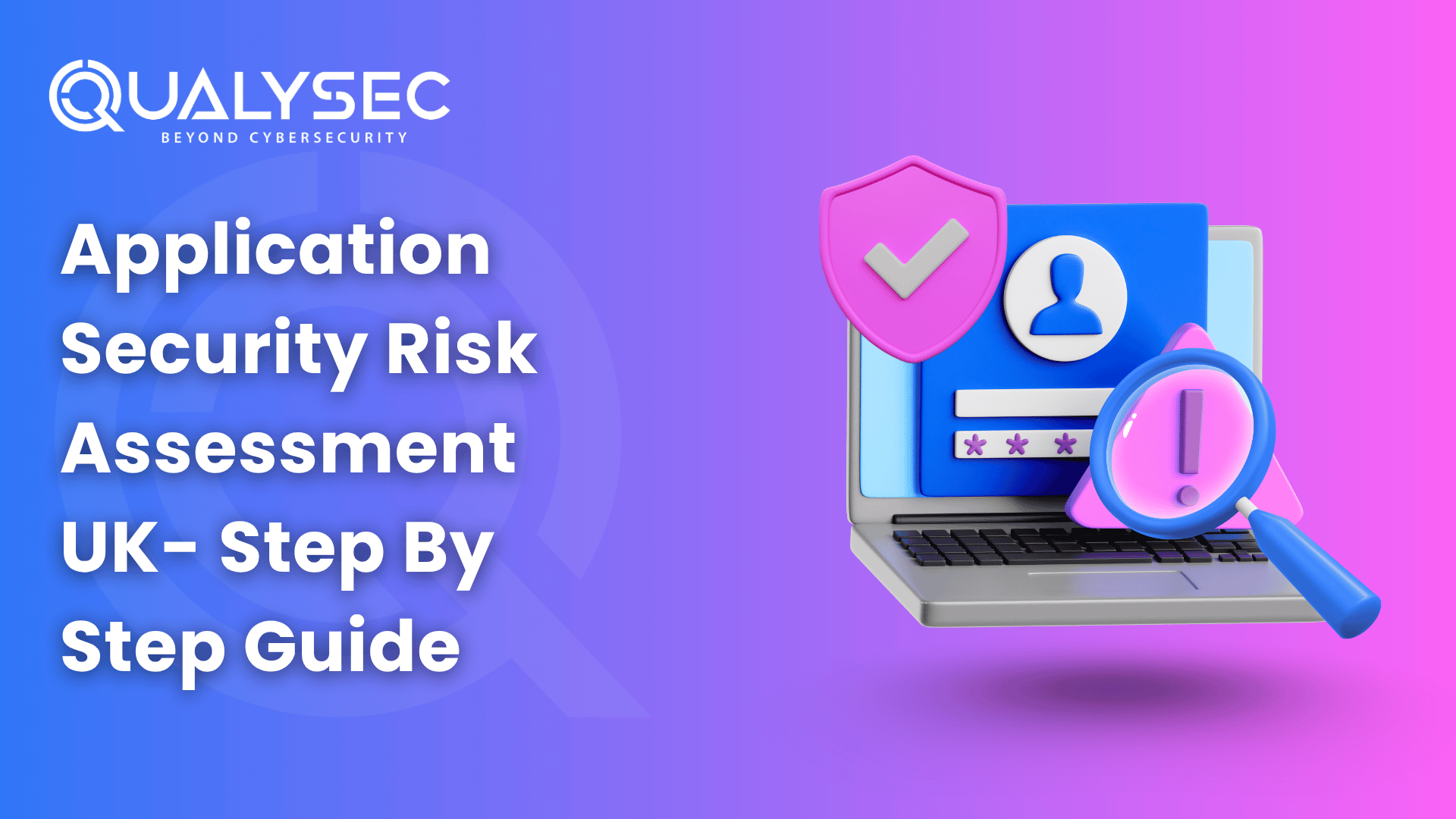
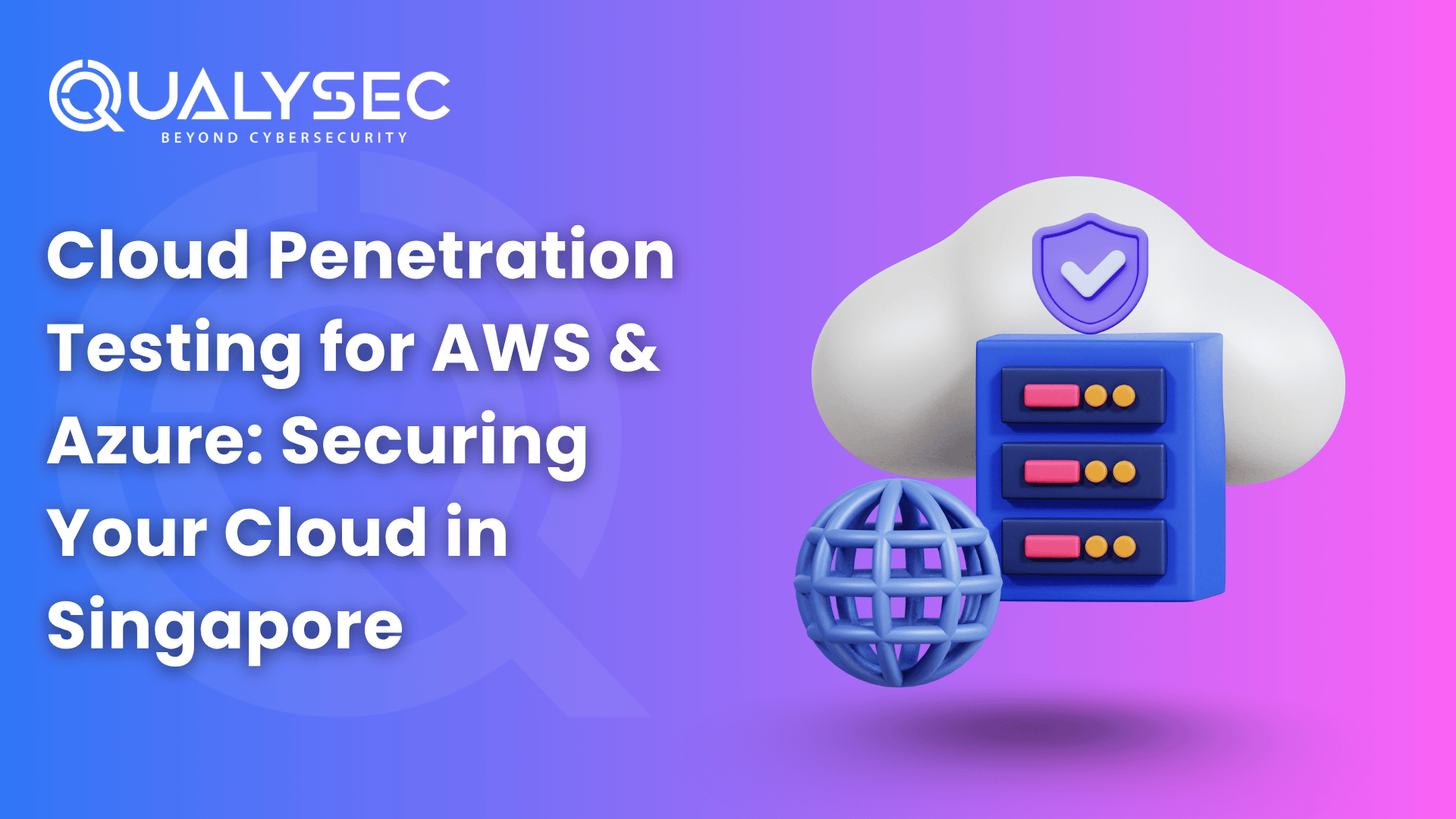
























































































































































































































































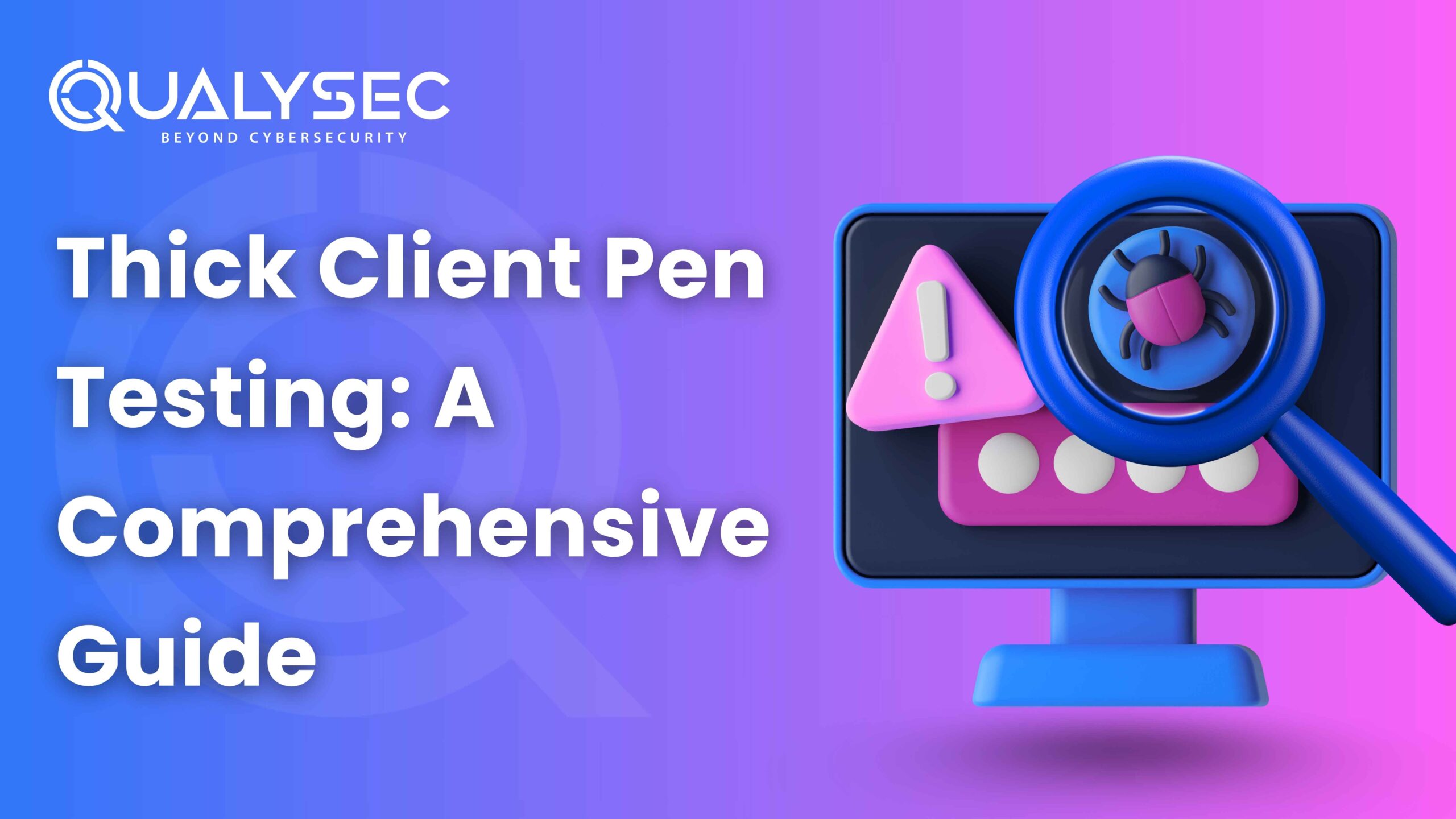

































































0 Comments